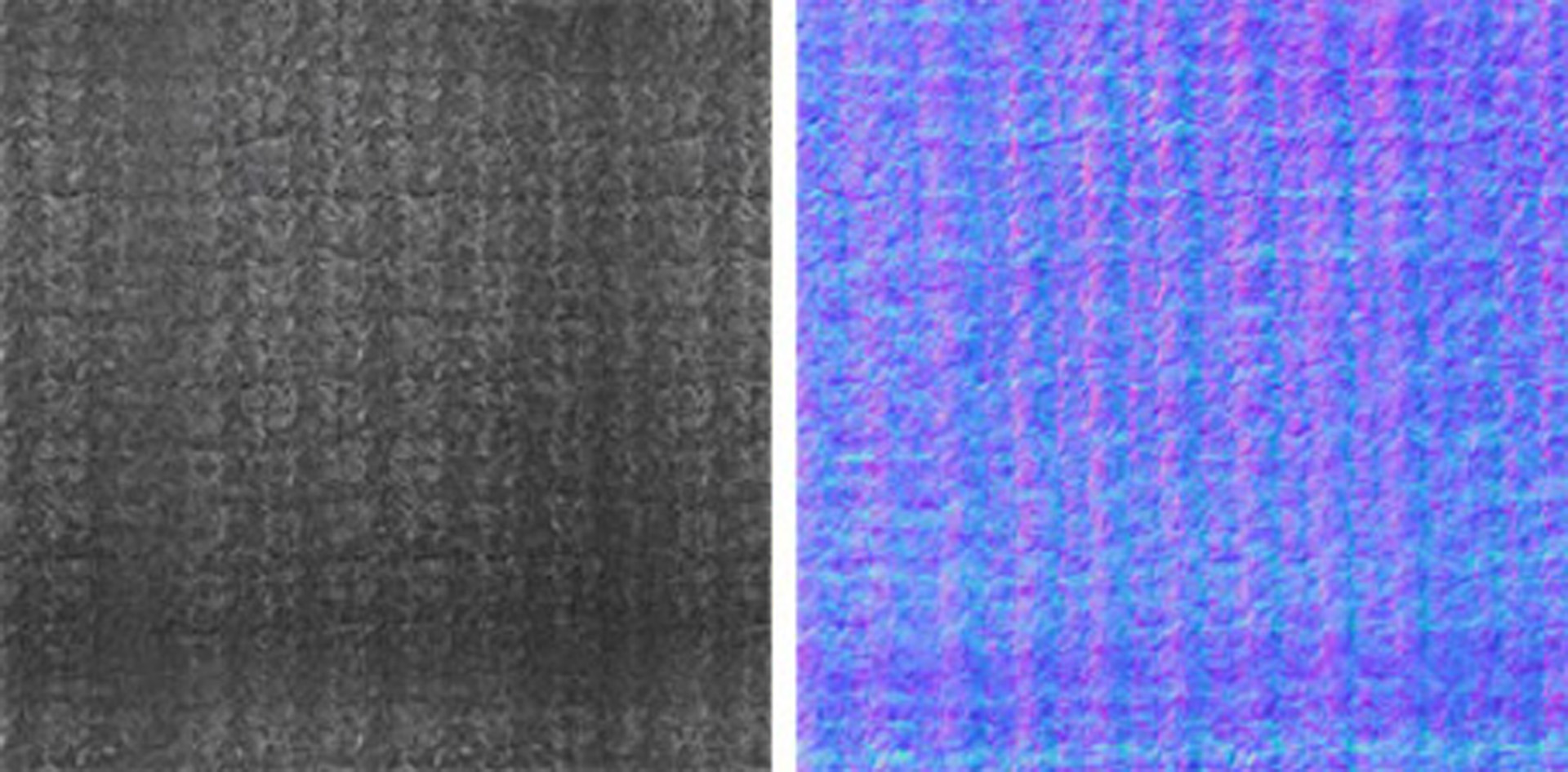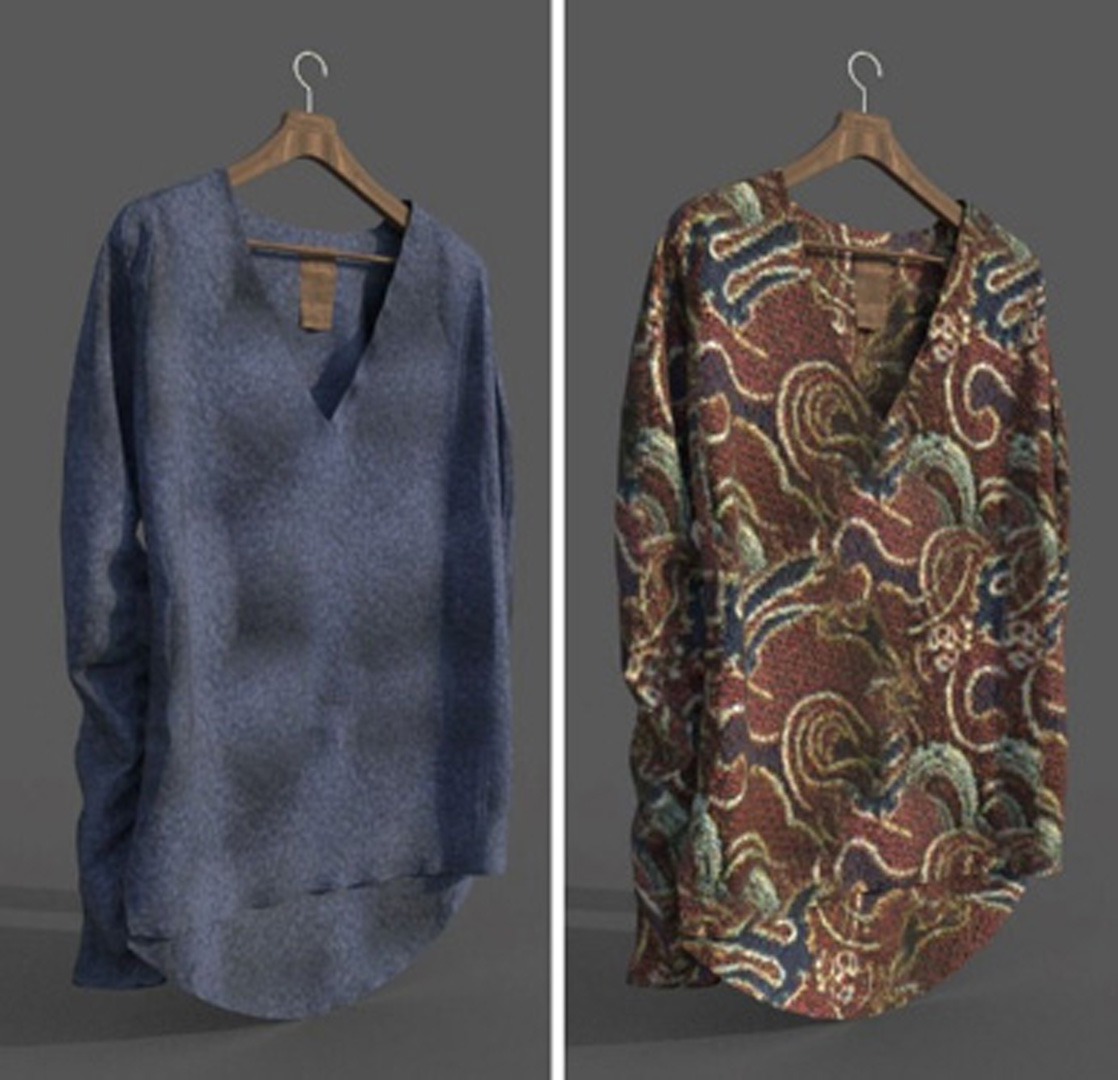“Interdisciplinary Study of Reflectance Transformation Imaging Processes For the Creation of Normal Map Libraries from High-Resolution Scan Data” by Halbstein, Sampat and Pietras
Conference:
Type(s):
Title:
- Interdisciplinary Study of Reflectance Transformation Imaging Processes For the Creation of Normal Map Libraries from High-Resolution Scan Data
Session/Category Title: TALKS: INTERDISCIPLINARY CIRCUS
Presenter(s)/Author(s):
Abstract:
We present an interdisciplinary collaborative study done at the Rochester Institute of Technology, which investigated the feasibility of capturing the texture of physical 3D objects using a homemade device designed to perform Reflectance Transformation Imaging (RTI). RTI is a computational photographic technique that uses multiple captures to recreate light-interactive texture maps; this is accomplished by multiple images where the camera is stationary, and a point light source is moved around the object. The technique of RTI itself is not new; it was invented by Malzbender and Gelb, two research scientists at Hewlett Packard labs, and described in a paper titled “Polynomial Texture Mapping (PTM),” published in 2001 [Malzbender et al. 2001]. Our project brought together students from RIT’s School of Photographic Arts and Sciences, and the 3D Digital Design department in the School of Design. Under the guidance of faculty from both departments, the students shared their own resources and expertise to create a functioning RTI device from inexpensive parts, which was then used to produce high-resolution normal maps for use in computer graphics applications. From a pedagogical standpoint, the project enabled two diverse groups of students to understand each other’s approaches to technology by building a device that leveraged the expertise of both sets. From a technical standpoint, we demonstrated that a highly accurate system such as an RTI device could be constructed of essentially “found objects.” Finally, the project itself was accomplished “under the bureaucratic radar,” by virtue of an informal alliance based on shared interests.
Acknowledgements:
We would like to thank the Imaging Workflows class of Fall 2016 at RIT: Amelia Spooner, Brendan Toyoshima, Ashley Solter, Martin Matt, Alani Pien, Thomas Hubbel, Fernando Voltolini de Azambuja; RIT Professor Ted Kinsman.







